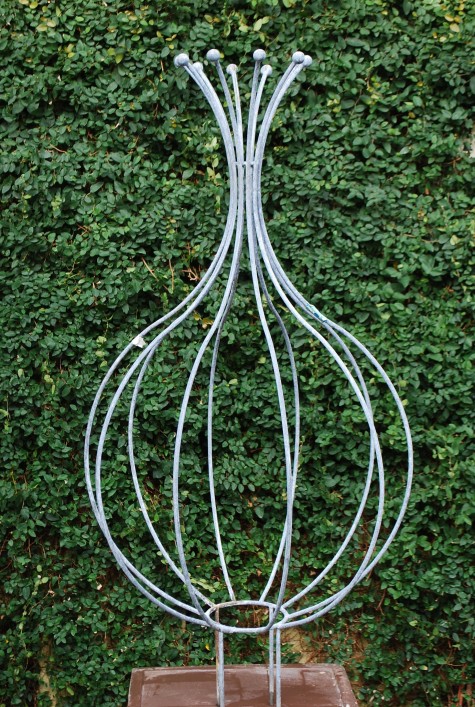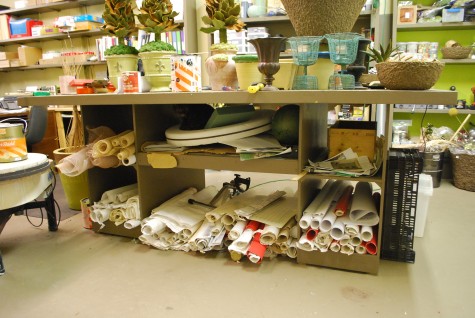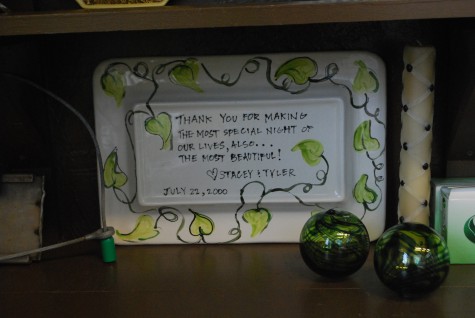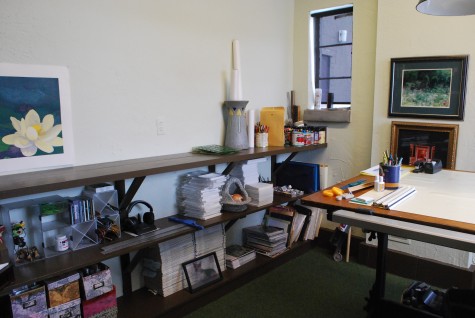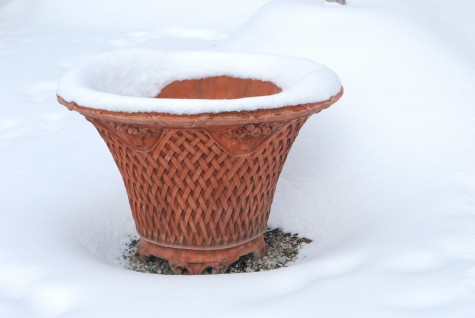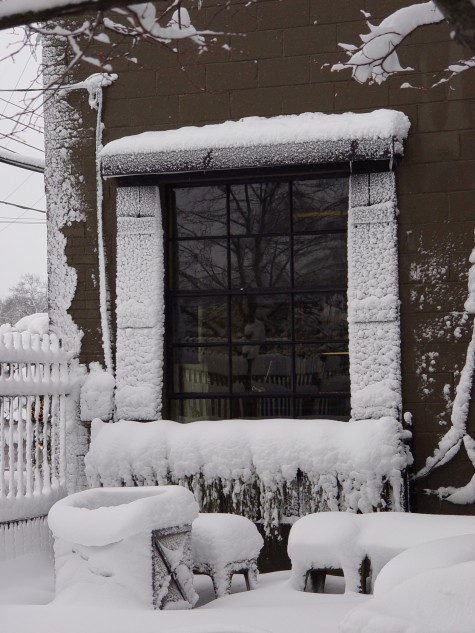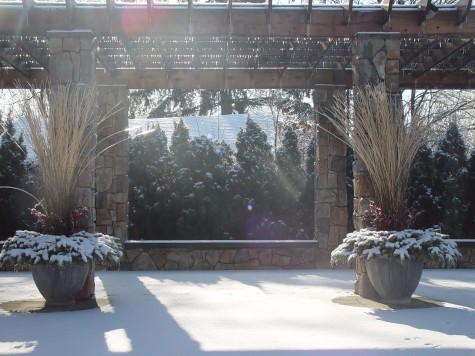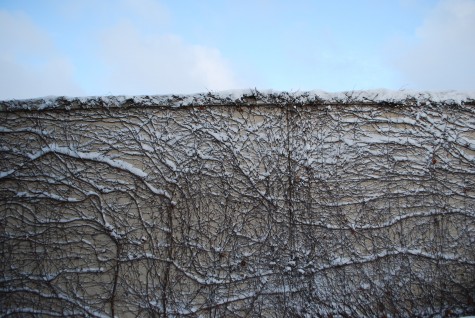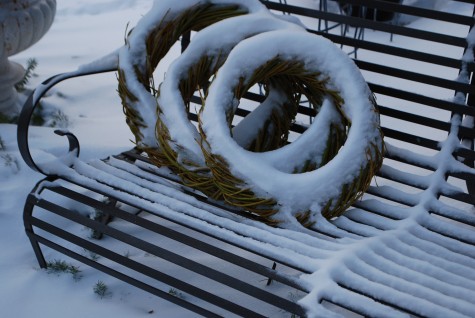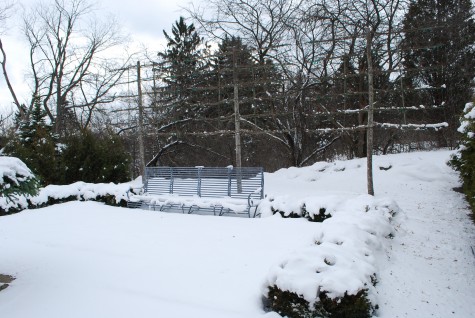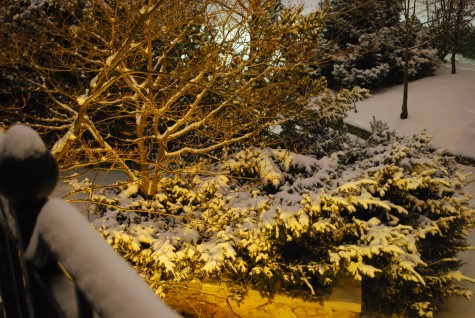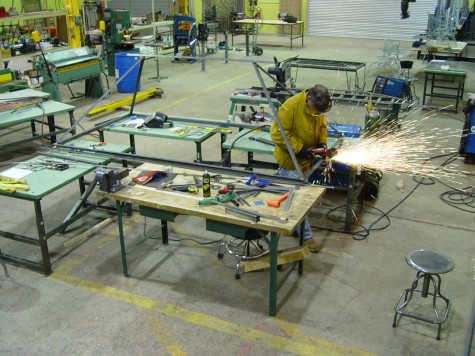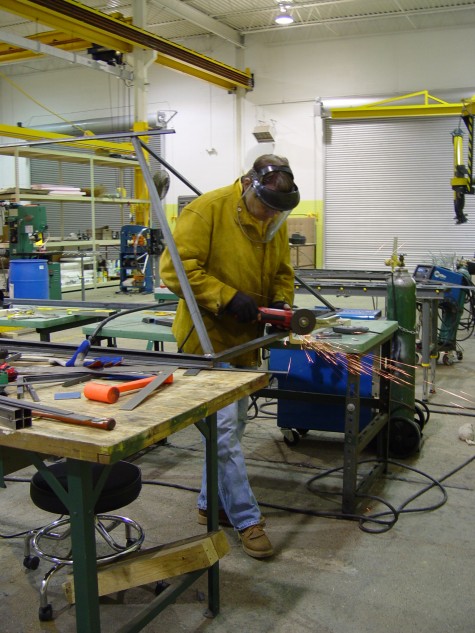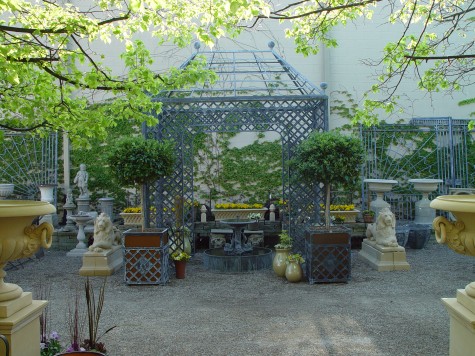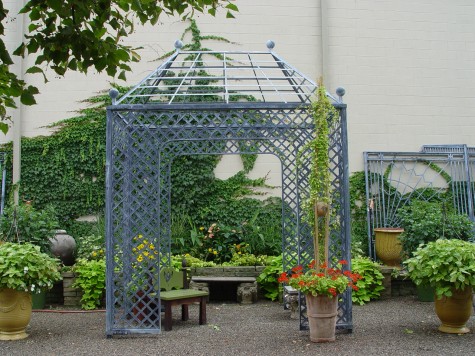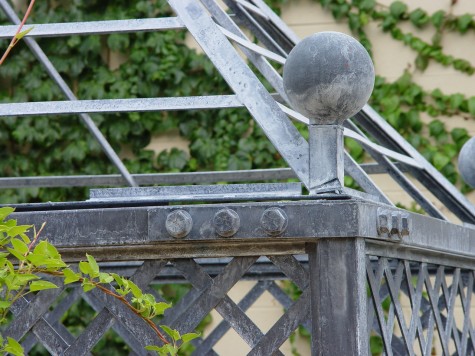A pergola is a big heavy structural object-not a good candidate for moving around the yard on a whim. But tuteurs, vine supports, vine towers, and plant climbers can pop up in a garden wherever and whenever you have a mind to use them. My big complaint with plant climbers-they are invariably too short for the plants I’d like to grow on them. My climbers have always been homemade-from bamboo. I can make them as tall as I want. I had a mind some years ago to move on from this. The size of commercially manufactured tuteurs are dictated by UPS regulation. They will not ship an object over a certain size. Motor freighting a plant climber-not one bit cost effective. I hate paying more for shipping than what the object of my affection costs to buy. Everyone thinks twice before motor freighting. So I removed the ship issue from my design. I designed a whole series of plant climbers aimed at my local market. Should you have access to a pick-up, or are fine with strapping the hatch down on your car, we have big and tall plant climbers. This particular steel climber-available in regular and giant size.
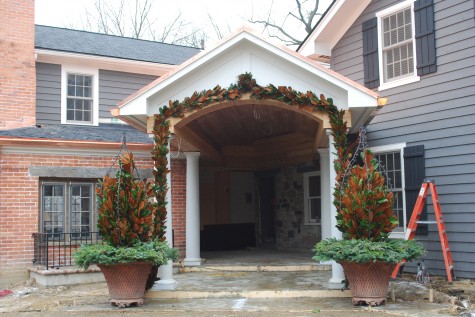
The four ribs of this giant size tuteur leaves lots of space in the middle for display. At the holidays, these towers get strung with lights, and outline a topiary of magnolia branches. Pop-up plant climbers are just as useful in the winter, as they are in the summer. Simple plant climbers pop up easily, regularly.
This steel garlic form, finished in our virtually rust free finish, has a graceful shape that holds its own visually-climbing plants or no. We make them in 3 sizes. Gardeners pop them into their containers; I like giving them a choice about the size.
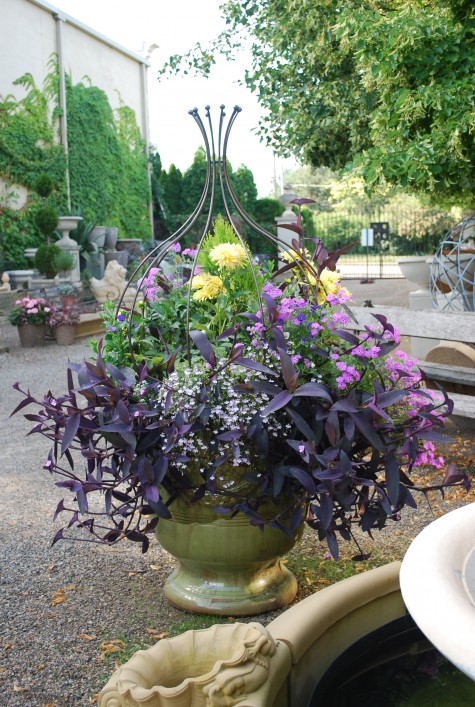 This giant garlic planter never did have a vine planted beneath it. A yellow dahlia occupies the interior space with a raft of annual phlox. Trailing-lobelia and black Moses in the Cradle. This spring planting carried on throught the season. The garlic tuteur is a sculptural element-always in view. It organizes the plant airspace in a beautiful way. Imagine this container planting without the tuteur. Robust yes. But not nearly as striking as this.
This giant garlic planter never did have a vine planted beneath it. A yellow dahlia occupies the interior space with a raft of annual phlox. Trailing-lobelia and black Moses in the Cradle. This spring planting carried on throught the season. The garlic tuteur is a sculptural element-always in view. It organizes the plant airspace in a beautiful way. Imagine this container planting without the tuteur. Robust yes. But not nearly as striking as this.
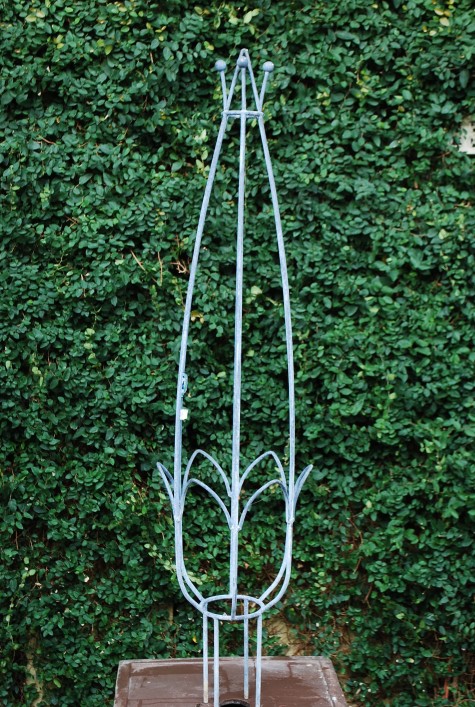 This form was designed by Rob-loosely based on an elongated flower bud. The first year we produced this form, I was too chicken to make the 9′ version. What was my problem?
This form was designed by Rob-loosely based on an elongated flower bud. The first year we produced this form, I was too chicken to make the 9′ version. What was my problem?
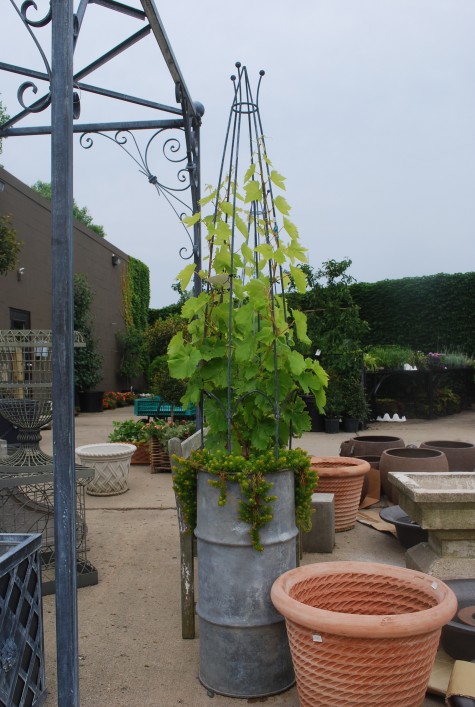 Once a giant form gets outside, and has the sky backing it up, giant seems merely just right. This 9 foot form is larger than its galvanized container-but it works. Growing grapes in pots? Were someone to ask me to describe Rob, I would say he lives to grow grapes. Grapes on pergolas. Grapes in pots and containers. This container, designed and planted by him, says it all. The overscaled bud tuteur makes his idea of a gorgeous container planting a gorgeous reality.
Once a giant form gets outside, and has the sky backing it up, giant seems merely just right. This 9 foot form is larger than its galvanized container-but it works. Growing grapes in pots? Were someone to ask me to describe Rob, I would say he lives to grow grapes. Grapes on pergolas. Grapes in pots and containers. This container, designed and planted by him, says it all. The overscaled bud tuteur makes his idea of a gorgeous container planting a gorgeous reality.
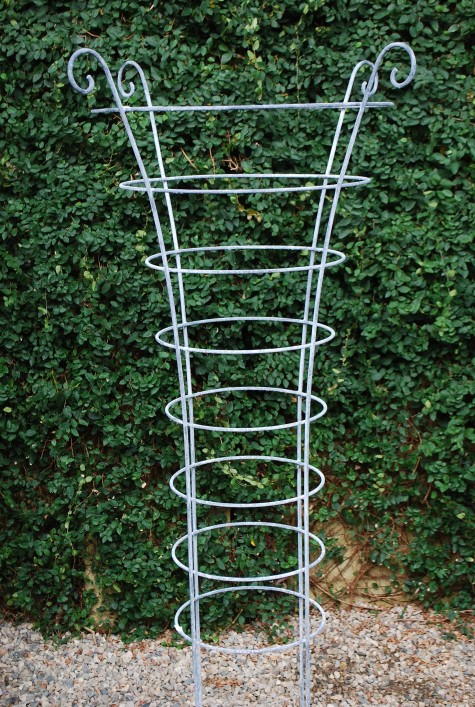 I designed this plant climber wholly based on Rob’s bamboo climbers from the early days. He would sink 4 very tall bamboo stakes into a container at an outward angle. He would then wrap galvanized wires in circular little, big, and giant swoops around the bamboo. Small at the bottom-big at the top. Most plant climbers I see pay no mind to the habit of a climbing or indeterminate plants. Plants grow out, up, and out. This form pays some mind to that. The top of the plant, spilling over-as in a bower-a plant climber that scoops that up plenty of shoots-well designed. Plant stakes-they could poke your eye out if you aren’t watching. None of our climbers have sharp edges. Every vertical stopper is either curled over ostrich fern style, or capped in a mini-sphere.
I designed this plant climber wholly based on Rob’s bamboo climbers from the early days. He would sink 4 very tall bamboo stakes into a container at an outward angle. He would then wrap galvanized wires in circular little, big, and giant swoops around the bamboo. Small at the bottom-big at the top. Most plant climbers I see pay no mind to the habit of a climbing or indeterminate plants. Plants grow out, up, and out. This form pays some mind to that. The top of the plant, spilling over-as in a bower-a plant climber that scoops that up plenty of shoots-well designed. Plant stakes-they could poke your eye out if you aren’t watching. None of our climbers have sharp edges. Every vertical stopper is either curled over ostrich fern style, or capped in a mini-sphere.
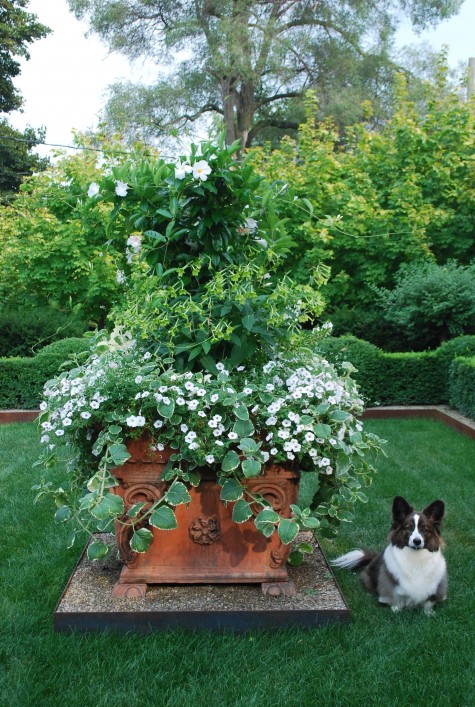
This steel version of Rob’s classic climber-not visible in late summer. It is the structure making this container planting suitable for company. The long flower stalks of the nicotiana alata lime are tied up to it. The vining mandevillea has otherwise engulfed it. Not all structure needs to be seen. But all structures need to be strong, and scaled to handle the job.
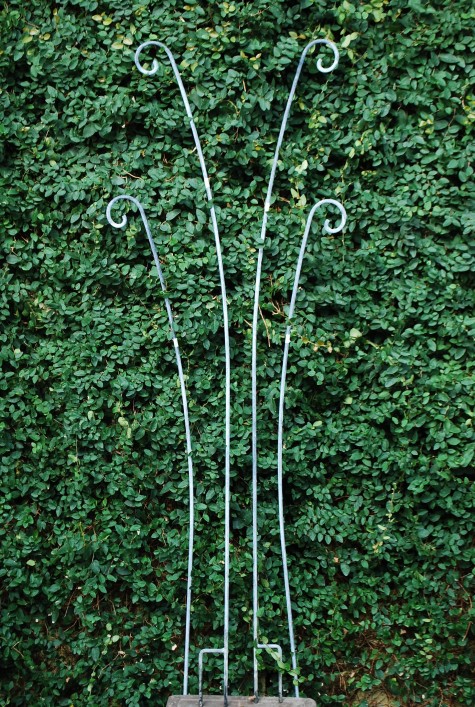
Plant stakes-what is so incredibly unnatural about them? I understand why gardeners use stout twigs and branches to support their plants. A natural branch is slight at the bottom, and fans out at the top. This natural support is great for peonies, and delphiniums. My 12 peony stems coming out of the ground may be 10 inches in diameter. That same peony plant may be 4′ across at the top. No straight stake does not do them justice. My steel stakes come straight out of the ground, and then curve out. The double prongs at the bottom keep them from moving off course.

The individual stakes in these containers are much loved by the mandevillea vines climbing them. The overall shape of these containers- natural and pretty. The stakes-they might be used with the asparagus next year, or grouped, unplanted, in a perennial bed next year. Who knows where they might pop up next.
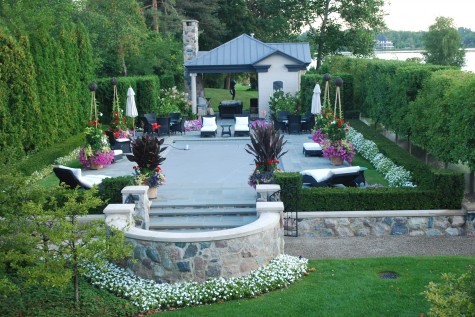 So many years I staked every climber with bamboo. These 12′ stakes with their twig ball finials have been in use since 2005. As much as bamboo stakes are part of my gardening vocabulary, I am pleased to have turned that page.
So many years I staked every climber with bamboo. These 12′ stakes with their twig ball finials have been in use since 2005. As much as bamboo stakes are part of my gardening vocabulary, I am pleased to have turned that page.
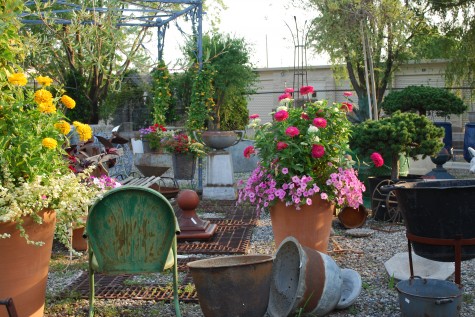 Some of our steel tuteurs-they top off a planting in a structural and sculptural way. Not in a help out a plant climber way. Portable structures can pop up in lots of ways, in lots of gardens.
Some of our steel tuteurs-they top off a planting in a structural and sculptural way. Not in a help out a plant climber way. Portable structures can pop up in lots of ways, in lots of gardens.
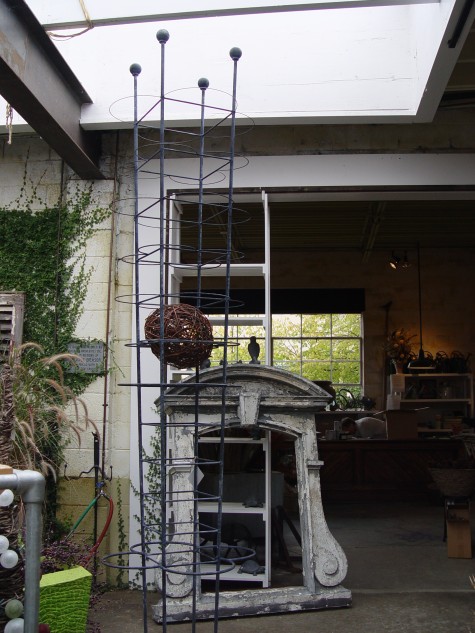
This tuteur was Buck’s biggest-fully 14 feet tall. Small squares and loops at the bottom-giant squares and even bigger loops at the top. Barbara A bought this pop-up plant tuteur. What she did with it-I hope someday I will hear.

